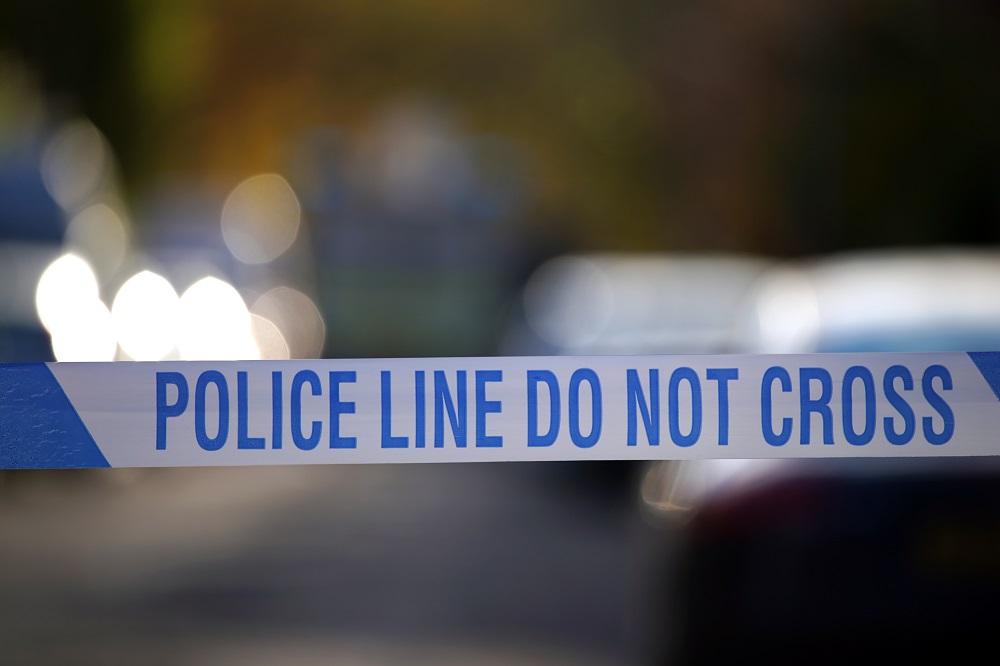‘Epidemic’ of violence against women and girls puts ‘significant’ demand on policing

Violence against women and girls accounts for at least 15.8% of all recorded crime in what has been described as an “epidemic”.
The first national threat assessment of violence against women and girls crimes issued to police chiefs says that VAWG is a significant contributor to demand on policing.
The in-depth 230-page intelligence document shared with all forces by the National Police Chiefs’ Council (NPCC) will not be made public due to the sensitive information included.
The NPCC said the VAWG Strategic Threat and Risk Assessment (STRA) aims to support police forces to better understand the influences and levers that contribute to VAWG.
Forces will use the STRA to effectively target their finite resources and decide how many officers will be needed to tackle the rising rates of violent and sexual crimes faced by women.
A summary document says that VAWG accounts for at least 15.8% of all recorded crime.
It says the recently published VAWG statistical bulletin identified that at least 507,827 offences against women and girls were recorded in a six-month period (October 1 2021 – March 31 2022) in England and Wales.
This equates to just under 117 crimes recorded by police, per hour or two crimes per minute.
Underreporting
The document says there is considerable underreporting of VAWG crimes.
It points out that the Crime Survey for England and Wales consistently outlines high volumes of women and girls who experience VAWG, such as sexual assault and stalking and harassment, but do not report to police.
Barriers to reporting are particularly pertinent in relation to minoritised communities, the document says.
Domestic abuse, sexual offences, stalking and harassment and modern slavery and human trafficking are VAWG threat areas which have seen increases over recent years, according to available data.
The document says sexual offences have seen a particularly sharp increase since 2013.
Domestic abuse is a key contributor to VAWG overall, with 447,431 DA flagged offences for all genders recorded in a six-month period across England and Wales.
Stalking and harassment accounts for 43% (217,945) of all VAWG and is recorded by forces as varying between 26% and 56% of total VAWG locally.
Domestic abuse
Domestic abuse is a key driver for stalking and harassment, and crime data identifies that 32.4% of all stalking and harassment offences are domestic abuse related.
The document said that across all VAWG threats most perpetrators are male.
It also said the most common location type for offending was in a private space, mostly in private dwellings, particularly the home.
Where public space VAWG offending occurred, the most common locations were recorded as high density night-time economy venues or areas with high levels of deprivation.
The document says it is challenging to assess the scale of reported technology enabled VAWG due to data recording practices.
Forces estimate that on average 10% of VAWG offences occur online, which is likely to be an underestimate.
Most VAWG offences will likely have a digital component, even where they do not take place online, the document says.
Deputy Chief Constable Maggie Blyth, national policing coordinator for violence against women and girls, said: “The epidemic of VAWG that we are facing meant that it was imperative we took the time to analyse the greatest threats to women and girls.
“All police chiefs have been given a copy of the STRA to help them make decisions in their own force areas about the best way to protect their communities.
“It allows chiefs to look ahead at future risks in terms of their ability to strategically plan and respond to VAWG.”
She said that in order to have the right officers, trained to the right standards, and available at the right time, plans are being developed in conjunction with the College of Policing.
“This will support forces in ensuring that more officers are trained in public protection.
“There is an agreement that these crucial roles, which are often the most challenging and under-resourced, need to be accredited and properly equipped,” she said.
Andrea Simon, director of the End Violence Against Women Coalition (EVAW), said: “We are pleased to see that violence against women is being recognised as a strategic threat which makes up a considerable proportion of recorded crime.
“This now has to be matched with resourcing to ensure these crimes are tackled effectively.
“Given we know that most victims of VAWG don’t report to the police at all, due to the poor and discriminatory treatment of women and marginalised communities, we know the true scale of VAWG is much higher than even what has been reported today.”
Support our Nation today
For the price of a cup of coffee a month you can help us create an independent, not-for-profit, national news service for the people of Wales, by the people of Wales.







Low conviction rates make the idea that you can get away with it almost an accepted risk.
The legal process mimics this
Wales demands an immediate doubling of current sentencing and a period of sentencing time to be determined by the victim or surviving relatives
I was under the distinct impression that most violence that happens is directed against males rather than females. A may have been terribly mislead.